How to Use the Flowtime Technique to Boost Your Productivity
In today’s fast-paced world, productivity is a key focus for professionals, students, and creatives alike. While many people find success with the Pomodoro Technique, its rigid nature can hinder those who need extended periods of uninterrupted work. This article explores how to effectively use the Flowtime Technique, highlighting its advantages and differences from other time management strategies.
What Is the Flowtime Technique?
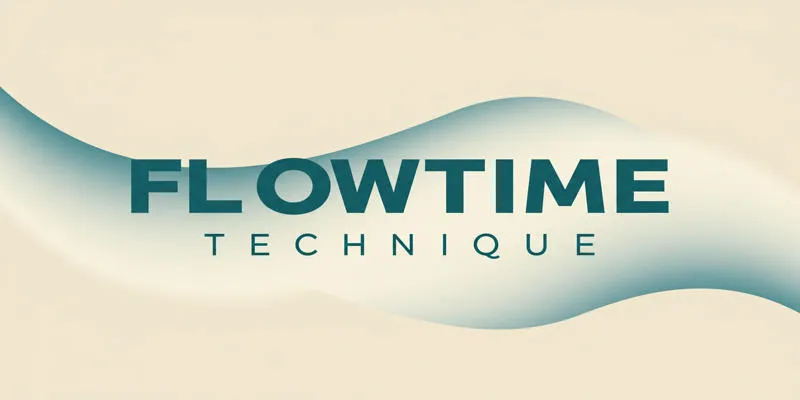 The Flowtime
Technique is a time management method that aligns your work tasks with your
natural ability to concentrate. Unlike the Pomodoro Technique, it allows for
unlimited periods of focused work before taking a break. This approach is
ideal for intensive tasks, as it extends your uninterrupted working time until
your concentration wanes.
The Flowtime
Technique is a time management method that aligns your work tasks with your
natural ability to concentrate. Unlike the Pomodoro Technique, it allows for
unlimited periods of focused work before taking a break. This approach is
ideal for intensive tasks, as it extends your uninterrupted working time until
your concentration wanes.
Key Principles of the Flowtime Technique
- Work until you naturally lose focus.
- Document your work duration and note any interruptions.
- Take breaks when your energy levels dip to recharge.
- Repeat cycles based on patterns that enhance your productivity.
How to Implement the Flowtime Technique
Step-by-Step Guide
- Select a specific task that requires your full attention, breaking it into smaller pieces if necessary.
- Prepare by turning off notifications, closing unnecessary browser tabs, and informing others of your focused work time.
- Start the task without time constraints, allowing your natural focus to dictate the duration.
- Keep a log of your work duration, noting start and end times, and any interruptions using notebooks or digital tools.
- Take short breaks of 5 to 10 minutes when you feel tired or unfocused.
- Review your logs to identify your most productive hours and adjust your routine accordingly.
Example Workflow Table
| Task | Start Time | End Time | Duration | Distractions | Break Taken |
|---|---|---|---|---|---|
| Writing report | 9:00 AM | 10:15 AM | 1 hour 15 min | Checked phone twice | 10 minutes |
| Research project | 10:30 AM | 11:45 AM | 1 hour 15 min | None | 15 minutes |
Benefits of the Flowtime Technique
Utilizing the Flowtime Technique offers superior time management compared to traditional methods.
1. Increased Productivity
Flowtime’s ability to sustain peak concentration enables users to achieve more in less time. Operating in a state of flow can increase productivity significantly.
2. Reduced Stress
Flowtime allows you to determine when to stop working, avoiding interruptions from rigid timers like those in the Pomodoro Technique. This freedom reduces stress and creates a more relaxed work environment.
3. Enhanced Creativity
For creative projects that require deep thinking, the Flowtime Technique eliminates scheduled interruptions, fostering uninterrupted idea generation.
4. Customizable Work Sessions
Flowtime is adaptable to your needs and tasks, allowing you to adjust the method for deep concentration or multitasking.
Flowtime vs. Pomodoro: A Comparison
| Feature | Flowtime Technique | Pomodoro Technique |
|---|---|---|
| Work Duration | Flexible; work until focus wanes | Fixed (e.g., 25 minutes) |
| Breaks | Based on personal needs | Fixed (e.g., 5 minutes) |
| Ideal For | Deep work requiring sustained focus | Tasks in short bursts |
| Stress Level | Lower due to lack of rigid timers | Can be higher due to interruptions |
| Customization | Highly customizable | Limited customization |
Tips for Mastering the Flowtime Technique
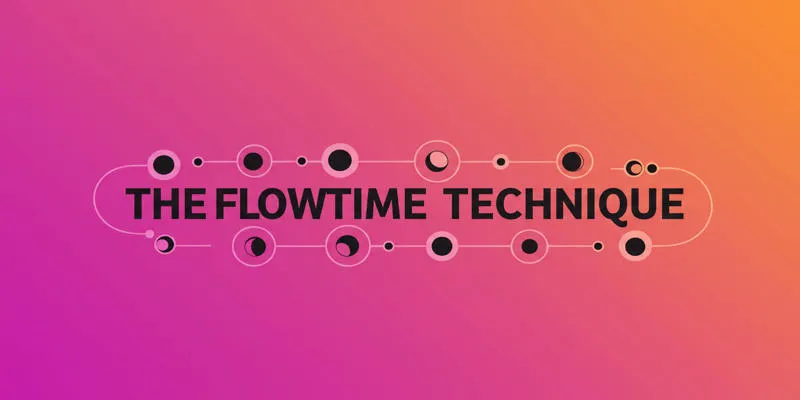 New Flowtime users
should start with short tasks to gradually extend their sessions. Tools like
Toggl and Clockify can help track work periods and analyze work patterns.
Clearing your workspace of clutter can enhance focus by minimizing
environmental distractions.
New Flowtime users
should start with short tasks to gradually extend their sessions. Tools like
Toggl and Clockify can help track work periods and analyze work patterns.
Clearing your workspace of clutter can enhance focus by minimizing
environmental distractions.
Review your task logs weekly to identify productivity patterns and adjust your performance accordingly. For tasks with specific deadlines, consider integrating Flowtime with structured approaches like Pomodoro.
Common Challenges and Solutions
Challenge: Difficulty Staying Focused
- Solution: Begin with shorter sessions and gradually increase the duration as your focus improves.
Challenge: Frequent Interruptions
- Solution: Use noise-canceling headphones or set boundaries with colleagues during focused work periods.
Challenge: Overworking Without Breaks
- Solution: Perform scheduled self-checks to ensure you take adequate rest.
Who Should Use the Flowtime Technique?
The Flowtime Technique is suitable for:
- Professionals managing complex projects.
- Students preparing for exams and fulfilling academic requirements.
- Artists involved in design, writing, or other creative fields.
- Programmers and developers handling intricate coding tasks.
Advanced Strategies for Using Flowtime
- Improve efficiency by grouping similar tasks in one session.
- Record interruptions to identify and address frequent distractions over time.
- Integrate tools like Trello or Notion with Flowtime for task management and progress tracking.
- Adjust break times based on the difficulty of your tasks. Extend breaks for longer focus sessions if needed.
- Use breaks for mindfulness activities, such as deep breathing and stretching, to recharge mentally.
Real-Life Applications of the Flowtime Technique
For Writers
Writers can use the Flowtime Technique to focus on idea generation and storyline development, enhancing creativity and performance.
For Programmers
Programmers benefit from Flowtime during debugging and algorithm development, increasing efficiency and reducing problem-solving time.
For Students
Students can apply Flowtime during exam preparation and assignments, improving memory retention and combating mental fatigue.
Tools to Enhance the Flowtime Technique
Below are tools that facilitate the effective implementation of the Flowtime Technique:
- Toggl: A time-tracking tool that logs work sessions and generates detailed reports.
- Clockify: A free platform for logging work duration and analyzing productivity patterns.
- Notion: A versatile platform for managing tasks, notes, and schedules alongside Flowtime tracking.
- Forest: An app that enhances focus through a virtual plant-growing mechanism, encouraging productivity.
Conclusion
If you seek extended periods of focused work and increased productivity, consider the Flowtime Technique over Pomodoro-style time management. By aligning with your natural concentration patterns, you can enhance productivity, reduce stress, and boost creativity. With practice and the right tools, the Flowtime Technique can help you reach your full potential.
On this page
What Is the Flowtime Technique? How to Implement the Flowtime Technique Benefits of the Flowtime Technique Flowtime vs. Pomodoro: A Comparison Tips for Mastering the Flowtime Technique Common Challenges and Solutions Who Should Use the Flowtime Technique? Advanced Strategies for Using Flowtime Real-Life Applications of the Flowtime Technique Tools to Enhance the Flowtime Technique ConclusionRelated Articles
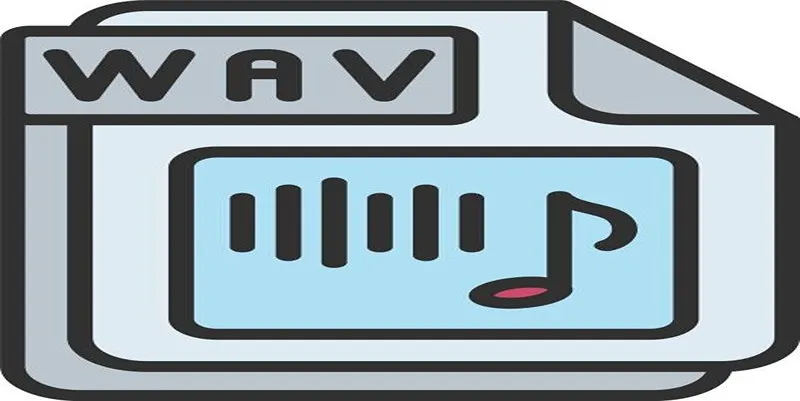
How to Convert MPEG to WAV: A Step-By-Step Guide
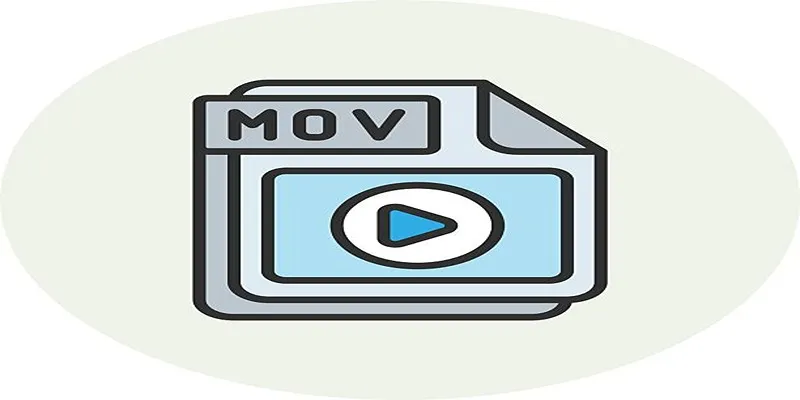
How to Easily Convert AVI to MOV Using 4 Reliable Tools
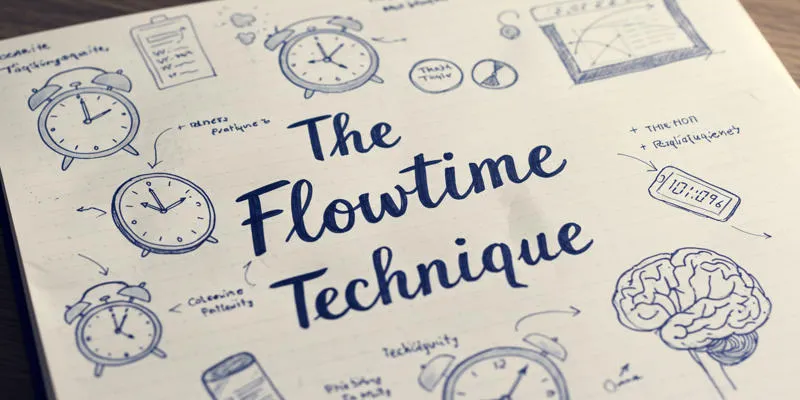
The Flowtime Technique: A Complete Guide
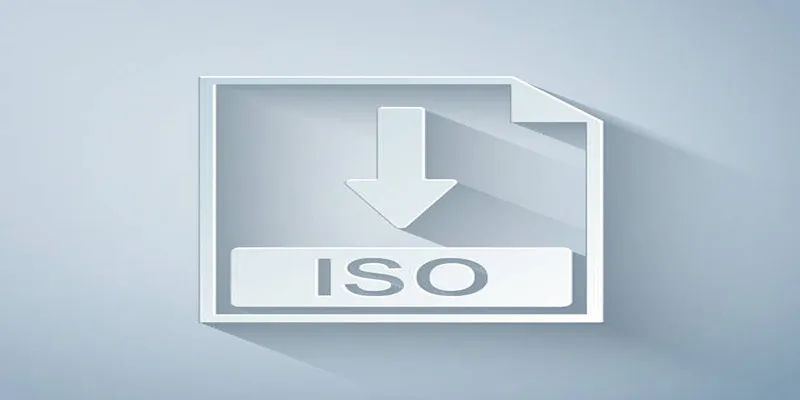
Simple Methods to Convert ISO Files to MP4 for Beginners

Transform Your Photos into Artistic Sketches with the Best Sketch Editor
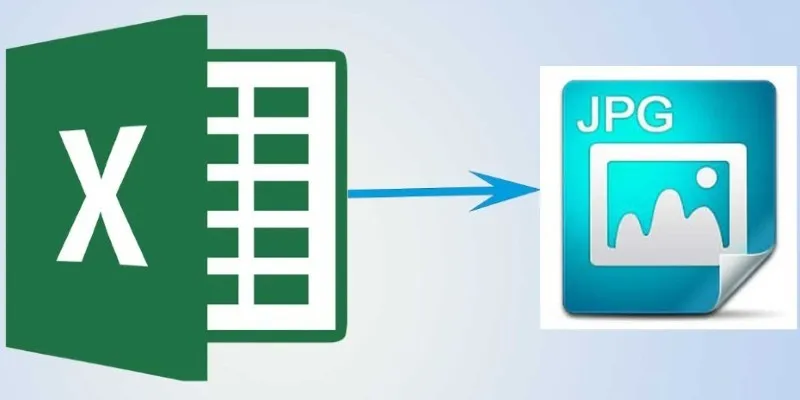
From Excel to JPG: Best Tools for Converting Charts into Images
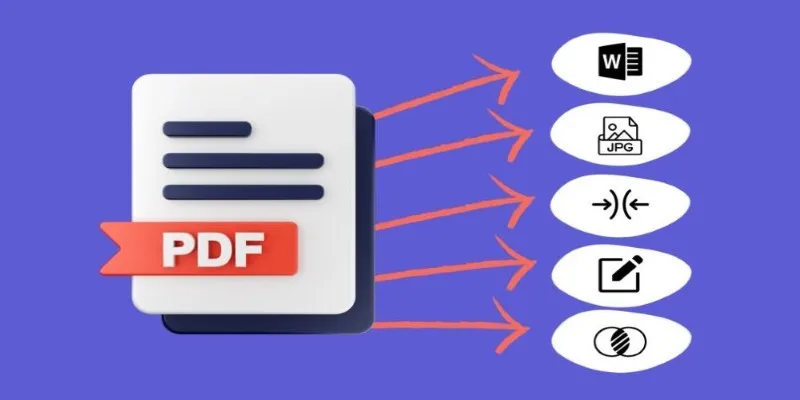
Best Free PDF to Image Tools for Quick and Easy Conversion

Top 3 Simple Ways to Convert WMA to MP4 Easily
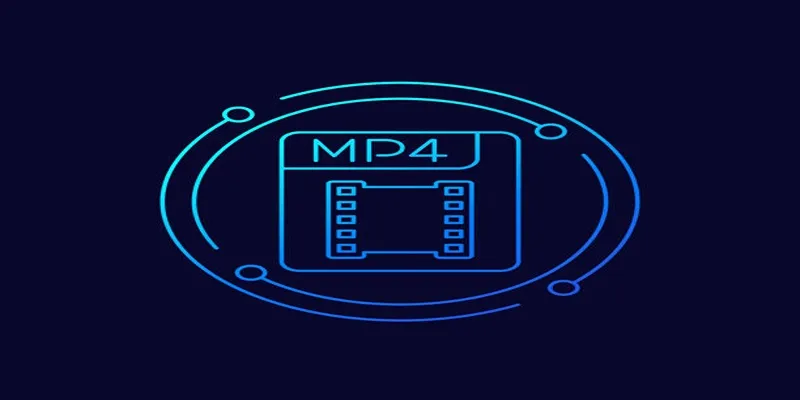
5 Simple Ways to Convert 3GP to MP4 Effortlessly

Best Practices for Converting AVI Files to JPG Format

Effortless Steps to Convert and Upscale Video to 4K Resolution
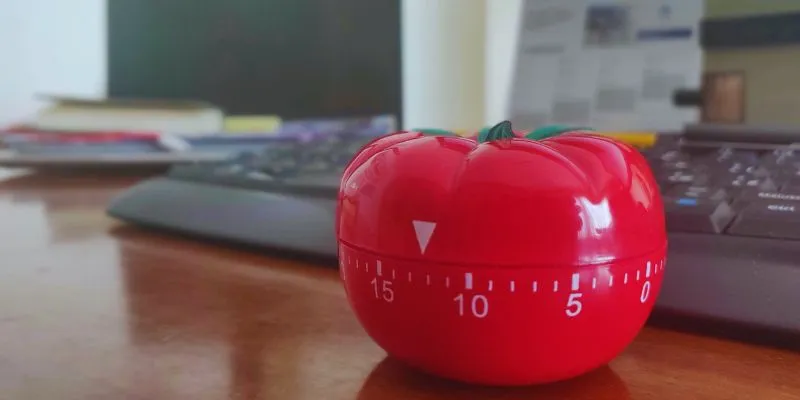
Which Are The 5 Best Pomodoro Timer Apps to Boost Your Productivity in 2025
Popular Articles

How to Make Your Videos Look Stunning: 3 Simple Ways to Optimize Video Quality

How to Create a Jaw-Dropping Tumblr Slideshow in Minutes

Dark Web Monitoring Tools: Common Failures and Smarter Solutions
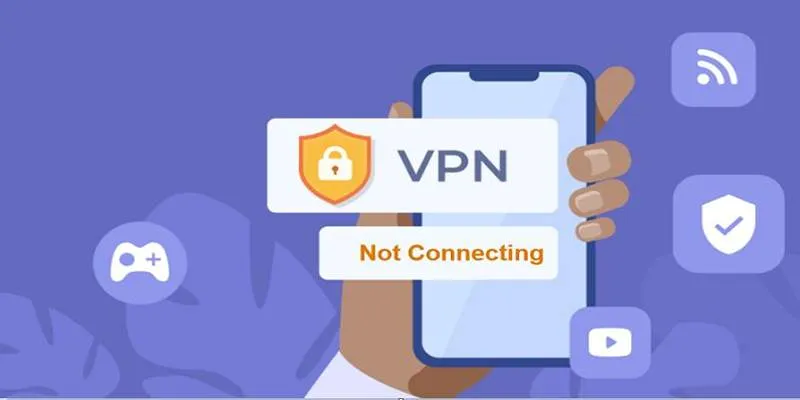
Fixing Unstable Device Connections: Why Your Device Keeps Disconnecting
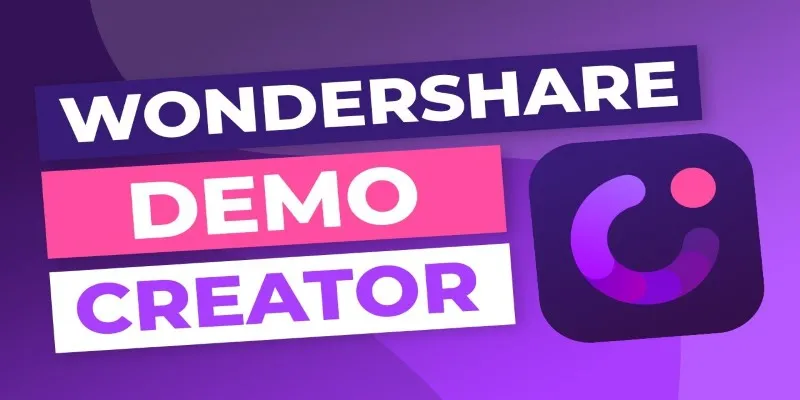
Is Wondershare DemoCreator Worth It? A Full Performance Review
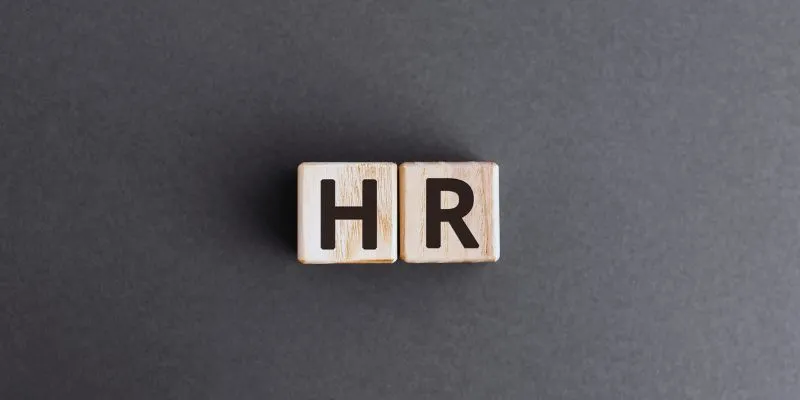
Transform Your HR Department with These 6 Automation Strategies
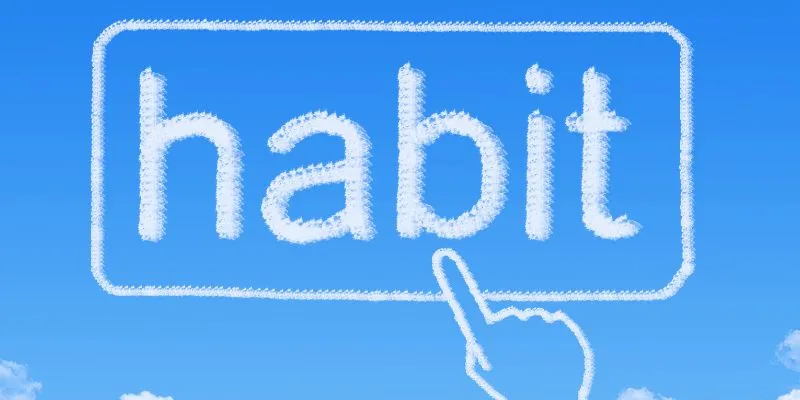
The 5 Best Habit Tracker Apps to Transform Your Life: A Guide

Discover Pinnacle Studio: The Ultimate Video Editor for Windows Users

Simple Ways to Turn HD Video into MP4 for Kindle Fire on Mac
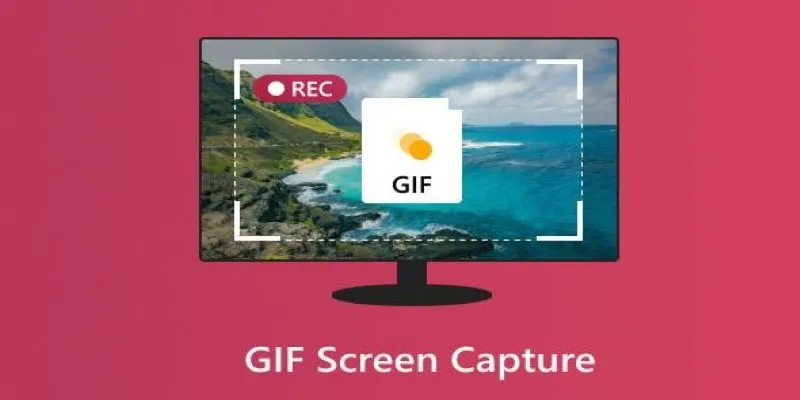
Record Your Screen: 10 Best GIF Creator Tools

How to Save Snapchat Stories Without Triggering Notifications

 mww2
mww2